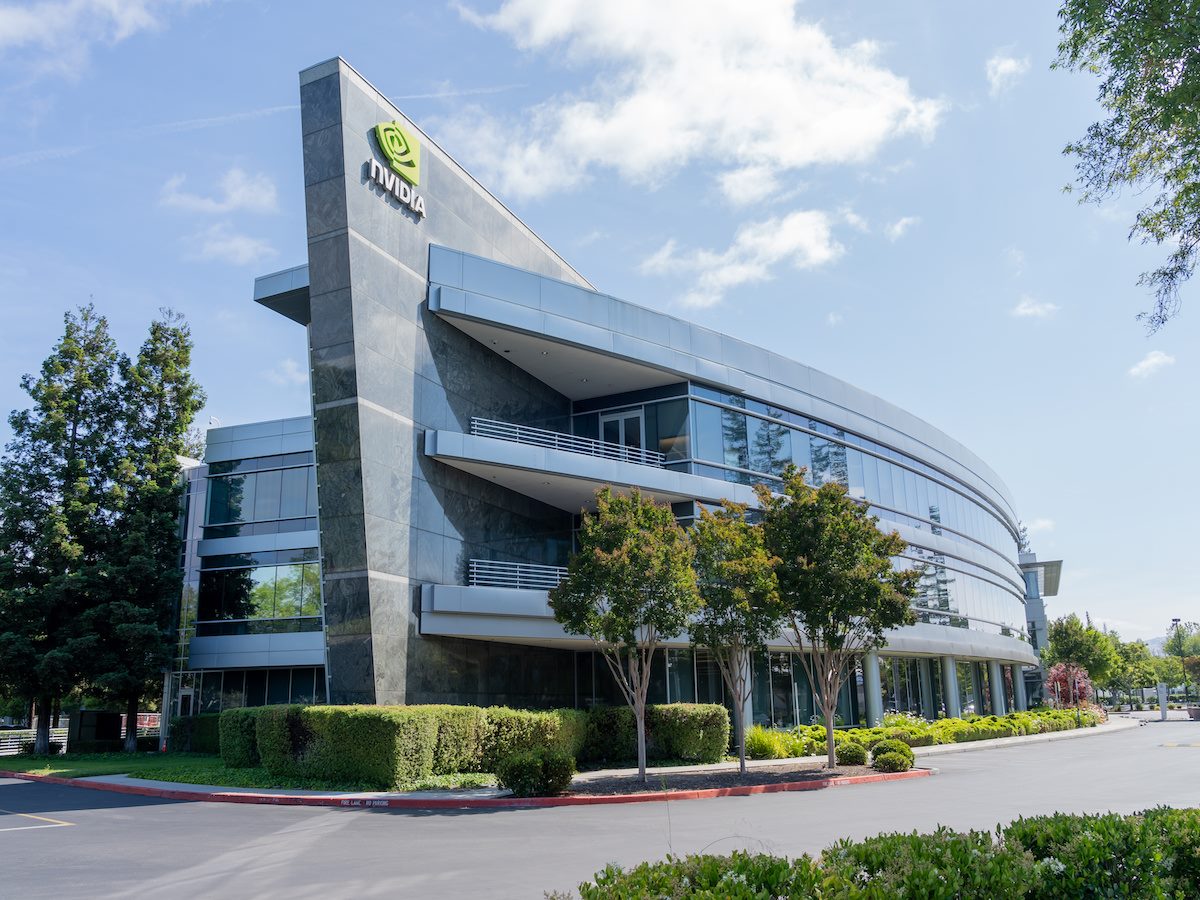Key Takeaways
- New AI task force. NVIDIA and SCSP plan to form Task Force on AI.
- Workforce development focus. The initiative aims to build a technologically skilled US workforce.
- Executive impact. Business and government leaders may need to adapt workforce strategies to remain competitive.
NVIDIA and the Special Competitive Studies Project (SCSP) announced a collaboration to establish the Task Force on AI and the Future of Work on October 27, 2025. The initiative aims to accelerate America's AI leadership by developing a technologically skilled workforce.
According to company officials, the task force will combine NVIDIA's technical expertise in AI and accelerated computing with SCSP's strategic policy vision. The collaboration was directed by NVIDIA founder and CEO Jensen Huang and SCSP Chair Eric Schmidt.
The task force will be established in early 2026, with members drawn from industry, academia and government. It will deliver an interim report at SCSP's AI Expo in May 2026 and a final report in October 2026.
Table of Contents
- Why America Faces an AI Skills Crisis
- What Will the New AI Task Force Do?
- AI Task Force: Who Stands to Benefit or Be Disrupted?
- NVIDIA’s Role in Shaping the AI Workforce Agenda
Why America Faces an AI Skills Crisis
"By giving our workforce the skills, tools, and opportunities to thrive in the AI Industrial Revolution, we secure our nation's competitiveness for generations to come."
- Ned Finkle
VP of External Affairs, NVIDIA
America's AI leadership faces a critical workforce challenge as companies struggle to balance rapid AI adoption with proper human oversight and AI skills development.
NVIDIA, a dominant force in AI chips, has navigated shifting regulatory landscapes while expanding its enterprise reach. The company's hardware powers much of today's AI infrastructure, though recent Biden-era policies created export restrictions that NVIDIA publicly opposed.
Despite widespread AI implementation, many organizations aren't seeing expected returns. Nearly half of AI leaders struggle to prove ROI, with skills gaps and confidence issues hampering progress. The human-AI partnership remains underdeveloped at many companies.
Meanwhile, geopolitical competition intensifies with China and the US making massive AI investments. The Trump administration recently announced a $500 billion "Stargate" initiative, according to industry reports, while China increased AI funding by $47 billion.
Executive interest in advanced AI capabilities continues growing. Recent surveys show:
- 93% of US IT executives are extremely or very interested in agentic
- 88% planning to increase AI budgets.
However, quality issues including hallucinations, bias and inconsistent outputs remain significant barriers to effective implementation.
"Sustaining America's leadership in AI is fundamentally a workforce challenge. AI is remaking the economy, and this task force is about equipping every American to participate fully in that new era."
- Ylli Bajraktari
President, SCSP
What Will the New AI Task Force Do?
| Goal | Description |
|---|---|
| Workforce Development | Plans to cultivate an innovative, technologically skilled talent pool |
| National Competitiveness | Seeks to secure America's AI leadership position |
| Cross-Sector Collaboration | Will include members from industry, academia and government |
| Policy Recommendations | Will deliver interim and final reports with actionable insights |
Related Article: Why the US and China Are Betting on Different AI Futures
AI Task Force: Who Stands to Benefit or Be Disrupted?
The Task Force on AI and the Future of Work is expected to influence a wide range of stakeholders across sectors. Its findings and recommendations will be especially relevant for:
- Business leaders and enterprise executives responsible for workforce development strategies, upskilling initiatives and integrating AI into operational workflows.
- Government policymakers and public sector leaders focused on national competitiveness, AI regulation and building a future-ready, technologically skilled labor force.
- Academic institutions and education providers developing AI degree programs, technical certifications and research curricula aligned with emerging industry needs.
- Talent development professionals designing training and reskilling programs to close the AI skills gap across industries.
- Think tanks and advocacy groups interested in the intersection of artificial intelligence, workforce transformation and public policy.
NVIDIA’s Role in Shaping the AI Workforce Agenda
NVIDIA, founded in 1993 in Santa Clara, California, primarily targets enterprise technology buyers, hyperscale cloud providers and organizations deploying advanced computing infrastructure.
NVIDIA's Core Offerings
NVIDIA provides graphics processing units (GPUs), accelerated computing platforms and software for AI, high-performance computing (HPC) and data centers. Its product portfolio includes hardware such as the A100 and H100 GPUs, as well as software frameworks like CUDA and AI model libraries. These offerings are positioned to support workloads in machine learning, scientific computing and graphics-intensive applications.
NVIDIA's Market Position
NVIDIA holds a significant share of the global GPU and AI accelerator market, according to industry analysts. Its customer base includes hyperscale cloud providers, large enterprises and research institutions. NVIDIA is regarded as a key supplier for organizations seeking to scale AI and HPC workloads. Its technology is often integrated into data centers, autonomous systems and vertical industry solutions.
